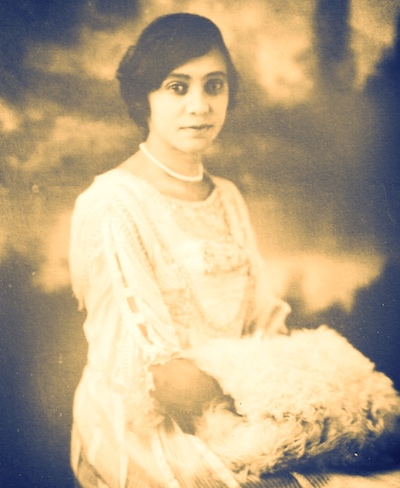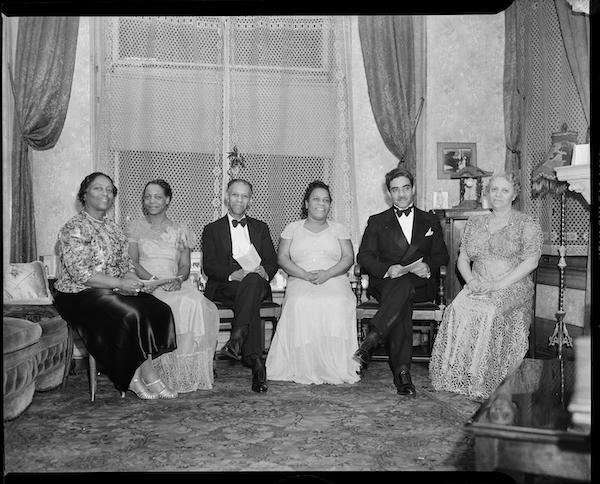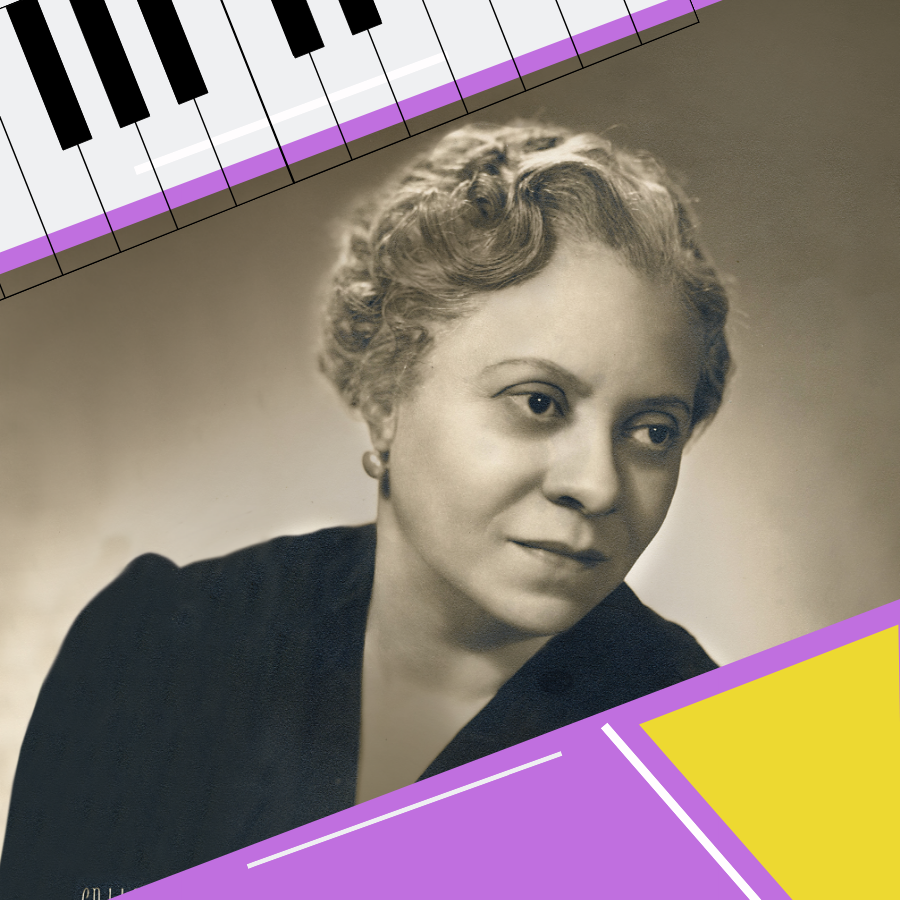“Reclaiming the Canon” is a series of posts that aims to bring attention to historical women who are often excluded from the narrative of their field—whether literature, music, science, or another area. Each post features a woman whose name we feel everybody should know. Readers are strongly encouraged to explore further resources, spend quality time with primary sources when possible, and self-educate—because re-claiming the canon starts with you!
CW: abuse
WHO WAS FLORENCE PRICE?
Florence Price was a composer, pianist, organist and music teacher who lived from 1887-1953. She was born and raised by a Black father and white mother in Little Rock, Arkansas. A musically prodigious teenager, Price attended the New England Conservatory. After settling back in Little Rock, Price and her family moved north as part of the Great Migration. She established her professional music career in Chicago.
In 1933, Florence Price became the first Black woman to have her music performed by a major symphony orchestra. She was part of the Chicago Black Renaissance, a creative movement based in Chicago’s South Side during the 1930s and 1940s.

HER LIFE
Florence Price’s father was a successful dentist (the only Black dentist in Little Rock) and her mother was an accomplished musician and music teacher. Young Florence was unusually musically gifted. She performed her first piano recital at age four and published her first composition by age eleven. Equally talented in her academic pursuits, Florence Price graduated as valedictorian of her high school when she was only fourteen. She was soon accepted to the New England Conservatory in Boston, where she majored in organ and piano teaching, graduating with honors at age nineteen. Navigating racism in Boston was a different experience than in Little Rock, and for some of her time at the Conservatory, Price found it easier to pretend to be Mexican.
In 1912, Price married a lawyer and settled back in Little Rock, where the couple had two daughters. At this time, Little Rock was becoming increasingly racially segregated and dangerous. After a lynching of a Black man in 1927, the Price family moved north as part of the Great Migration and settled in Chicago. Price’s husband was abusive, and she obtained a divorce in 1931. Now in her forties, Price found herself the single mother of two daughters in a new city. To make ends meet, Price worked as an organist for silent film screenings and wrote jingles for radio ads—all while working on her own musical masterpieces.
During this time, Florence Price lived with another important Black woman composer, Margaret Bonds. Through Margaret Bonds, Price was connected to other Black artists like Langston Hughes and Marian Anderson. In 1932, Price and Bonds both entered their compositions in the Wanamaker Foundation Awards. Price won First Prize with her Symphony in E Minor and Third Prize with her Piano Sonata, while Bonds won Second Prize. Price’s symphony was soon performed by the Chicago Symphony Orchestra, making her the first Black woman to have her music performed by a major orchestra.
The music of Florence Price is a unique blend of her European classical training with the musical influences of her life in the South, including music influences from Black churches and traditional spirituals. For example, the third movement of her Symphony No. 1 is called “Juba Dance,” she titled one of her virtuosic piano works “Negro Fantasy” (it was later changed to “Fantasie nègre”), and many of her pieces are based on African-American folk songs.
HER CONTRIBUTION
After the performance of her Symphony in E Minor, Florence Price finally started to enjoy recognition for her decades of work as a composer and performer. She heard more of her pieces performed in concerts dedicated to her music. In 1939, Marian Anderson sung Price’s setting of Langston Hughes’s poem cycle Songs to the Dark Virgin in a historic concert on the steps of the Lincoln Memorial.
In 1940, Price was inducted into the American Society of Composers, Authors, and Publishers. In 1964 (a decade after her death), Chicago Public Schools opened Florence B. Price Elementary School in her honor.

IN HER WORDS
In 1943, Florence Price wrote to the esteemed conductor Serge Koussevitzky asking him to consider her work. (He didn’t.) Her words express the frustrating intersection of sexism and racism that she faced as a Black female composer.
“To begin with, I have two handicaps—that of sex and race. I am a woman and I have Negro blood in my veins. Knowing the worst, would you be good enough to hold in check the inclination to regard a woman’s composition as long on emotionalism and short on virility and thought content until you have examined some of my work? … I should like to be judged on merit alone.”
-Florence Price to Serge Koussevitzky, 1943
FURTHER RESOURCES
- To hear (more of) Florence Price’s music, check out Samantha Ege’s album Fantasie Nègre: The Piano Music of Florence Price.
- Rae Linda Brown published this biography of Florence Price in 2020.
- Who is Florence Price? is a great read for kids.
- “The Rediscovery of Florence Price“ in the New Yorker considers what was almost lost after Price’s music was discovered in an abandoned house.
- Music by Black Composers is an invaluable resource to learn about classical music from Africa and the African Diaspora.


